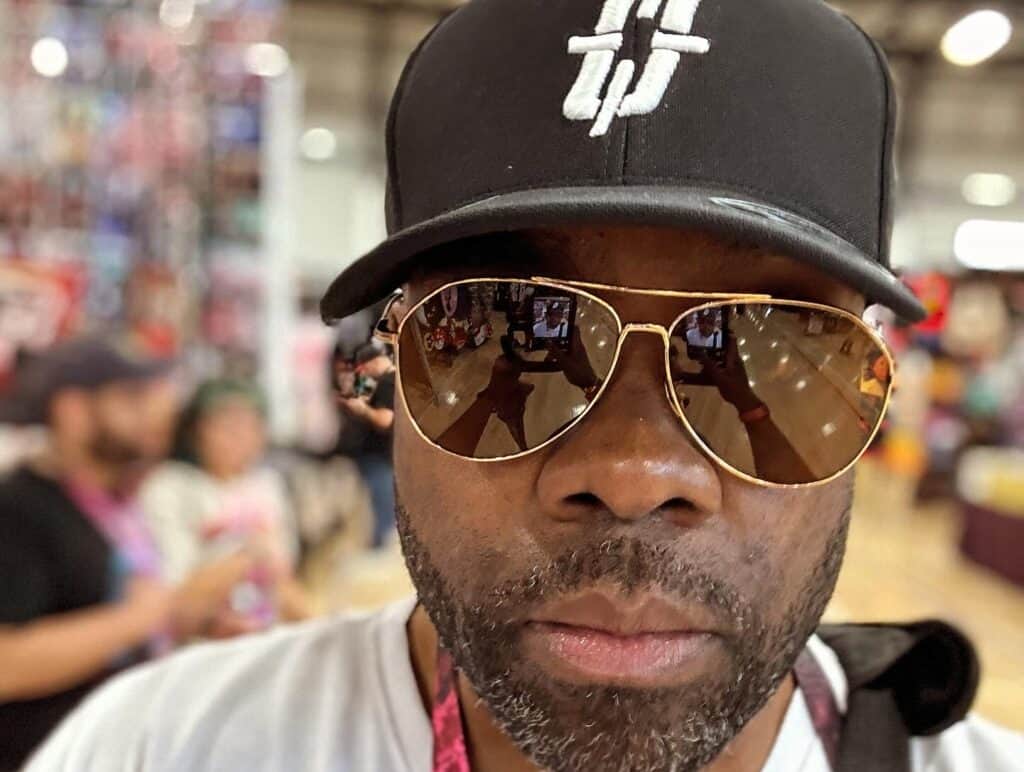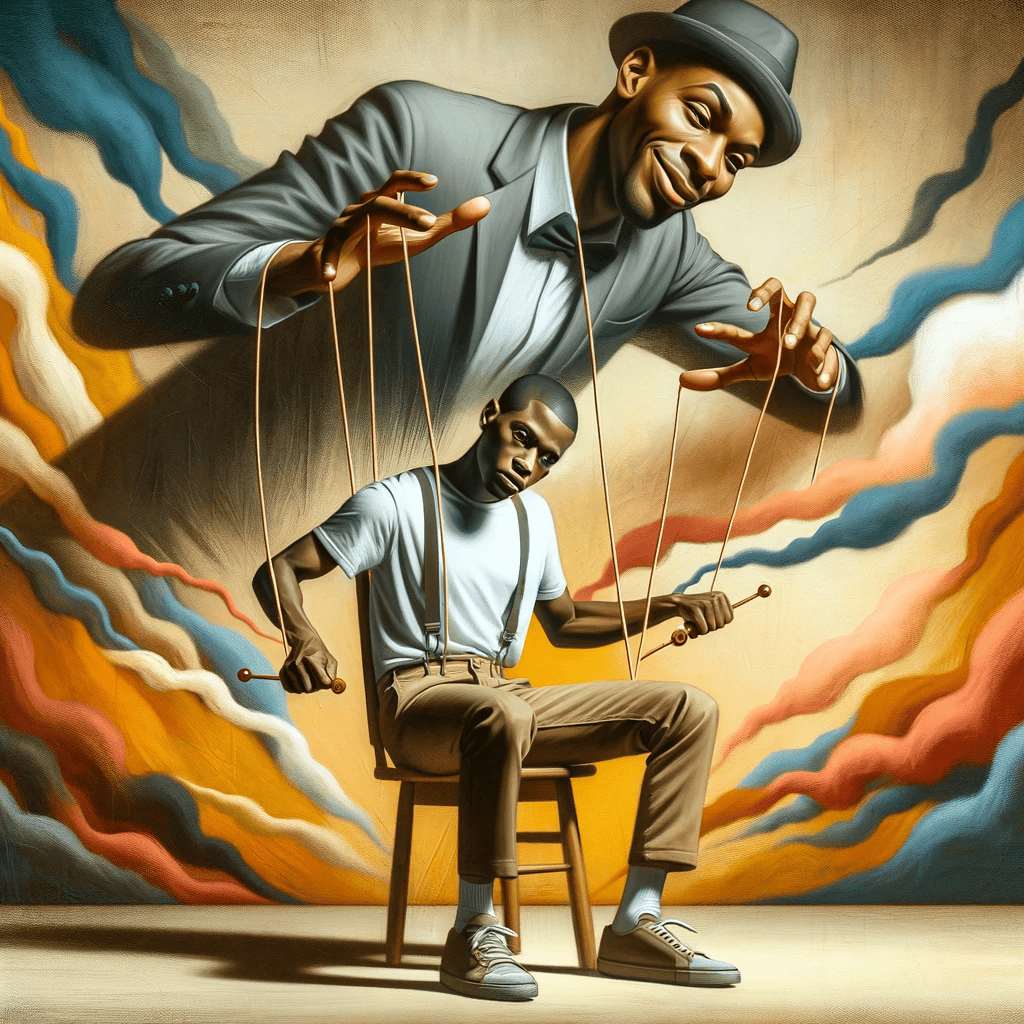My journey as a black man in America has been filled with both achievements and challenges, especially when it comes to finding support within my own community. This journey, while full of personal growth, has often been lonely, particularly in my professional life.
Looking back at my school days, being good at academics often felt like I was turning my back on my own culture. Researchers Ford and Harris (1999) talk about this as the “burden of acting white.” They found that black students who do well academically sometimes get left out by their peers. This situation shows a bigger problem in society, where people often don’t value the success of black individuals in areas that are usually dominated by white people.
My different interests, like enjoying various kinds of music and speaking Spanish (which I learned in 4th grade), made me stand out even more. I remember using Spanish to talk to a teacher’s wife in high school and being labeled as ‘different.’ This struggle is something that Tatum talks about in her book “Why Are All the Black Kids Sitting Together in the Cafeteria?” (1997). She explores how black youth in America struggle to fit in while also staying true to their cultural roots.
Participating in the school band was another area where I faced teasing, something that Stevenson’s research in 1994 also found. He studied how societal pressures and stereotypes impact the way African American teenagers see themselves and make decisions.
As an adult, these early experiences showed up again in my work life. I’ve supported other black public figures, artists, and athletes, even financially. However, when it came to my own businesses, like “Bad Alice” and “Stix Figures Gaming,” I didn’t get much support in return. This lack of support is an example of what DiAngelo discusses in her 2018 book “White Fragility.” She talks about how society often doubts or downplays the achievements of black individuals. What’s interesting about this, is that outside of corporate my achievements and accomplishments were embraced by mostly non-blacks. The treatment that hooks refers to came from mostly other black men.
This issue is related to gatekeeping within communities. Gatekeeping happens when certain members of a community decide who gets access to opportunities or support. In my case, even though I helped others, I didn’t get the same support for my businesses. This situation shows how some paths to success are accepted in the community, while others are not.
Bell and Nkomo’s research in 2001 highlights the importance of having a good network and mentorship, especially for African Americans in professional settings. Their studies suggest that building strong relationships and working together can help overcome these barriers.
Finally, hooks’ book “We Real Cool: Black Men and Masculinity” (2004) encourages us to think differently about black masculinity and success. She suggests that we should accept a wider range of ways to be successful as a black man.
In summary, my experience as a black man in America shows how challenging it can be to balance societal expectations, personal identity, and professional success. Overcoming these challenges means not just working hard as an individual but also changing how we think as a community. By opening up more ways to be successful and supporting each other, we can create a better and more inclusive future for the black community. This journey is about more than just personal success; it’s about changing the narrative and breaking down barriers together.

